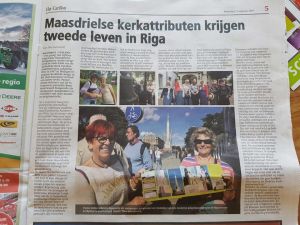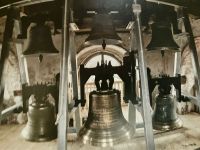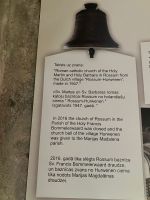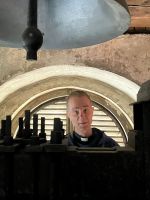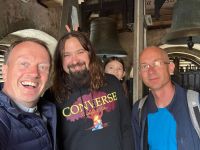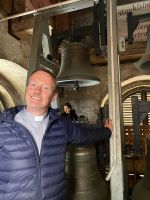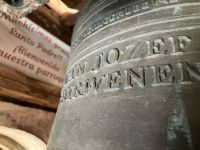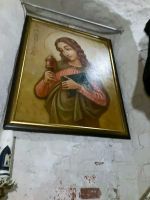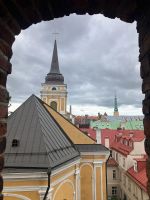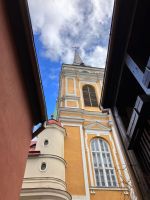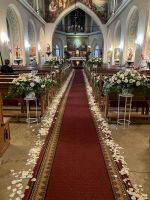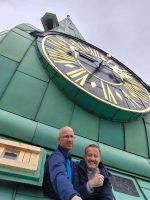A Dutch Pilgrimage to Riga’s Timeless Maria Magdalena Church
In 2016, a diverse group from the Bommelerwaard parish in the Netherlands embarked on an enriching exchange journey. Sixteen participants boarded a two-hour flight from Eindhoven Airport to one of Europe's most enchanting cities: Riga, Latvia, for a five-day educational and ecumenical adventure. Primarily Catholic, the group also included two Protestants, fostering open dialogues on faith, personal stories, and everyday life.
Organized by the Foundation House of Unity with its ecumenical mission at heart, the trip featured visits to various sacred sites: Lutheran social projects providing meals for the homeless, an Orthodox service in a serene monastery, and a Catholic Mass on historic "Dutch benches" in Riga's Maria Magdalena Church - originally from a church in Blerick. Particularly poignant was the presence of members from the Catholic communities in Rossum and Hurwenen, whose churches had closed their doors years earlier. Yet, in a touching twist of fate, the bell from Hurwenen's chapel now rings inside Maria Magdalena to signal the start of Holy Mass, while Rossum's bell has found a new home there too.
After a lengthy process to install these bells, we witnessed their enduring legacy years later. Though the tower of Maria Magdalena is rarely open, I discovered a note in the ancient monastery church revealing the true origins of Rossum's bell. Latvians deeply cherish their history and culture as pillars of identity and dignity.
This remarkable church, built in stone just outside Riga's medieval city walls at the end of the 13th or early 14th century, originally served as a chapel for a Cistercian nuns' monastery. Nestled near the Jacobs Church - a modest chapel for the local Livonian population - it contrasted with the grand Dom Cathedral (now Lutheran), erected by German powers for the bishop.
Maria Magdalena endured as one of the few Catholic havens during the Reformation in the early 15th century, symbolizing inner freedom and reflection. Devastated during the Polish-Swedish War (1621-1632), it was rebuilt under Swedish rule as a Lutheran garrison church. In 1710, amid the Russian siege, it burned down once more; Tsar Peter the Great restored it, renaming it St. Peter's and gifting it to the Orthodox Church - evident today in its ornate Orthodox ceiling.
Finally, in 1922-1923, with Latvia's newfound independence, the building returned to Catholic hands, reclaiming its role as a vibrant parish church. This journey not only bridged cultures and faiths but also wove threads of shared history, reminding us of the timeless resonance of unity.










